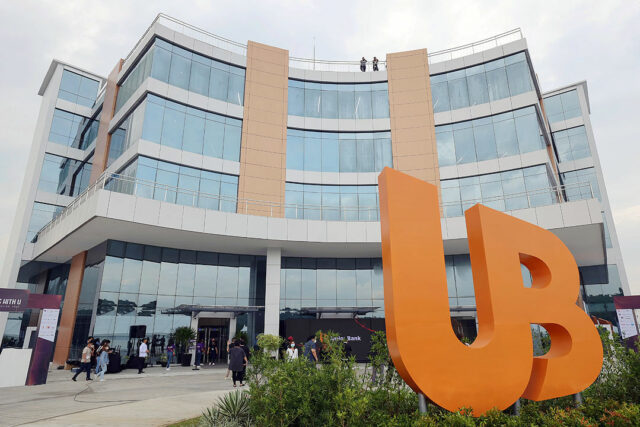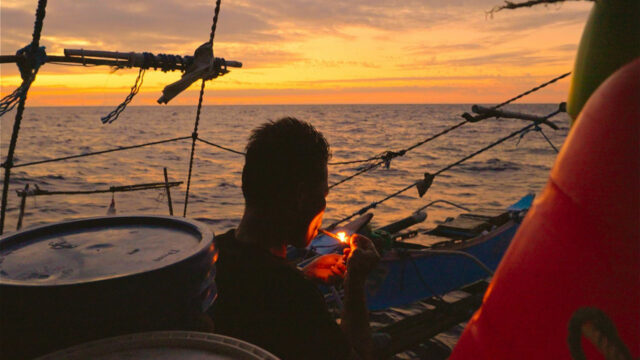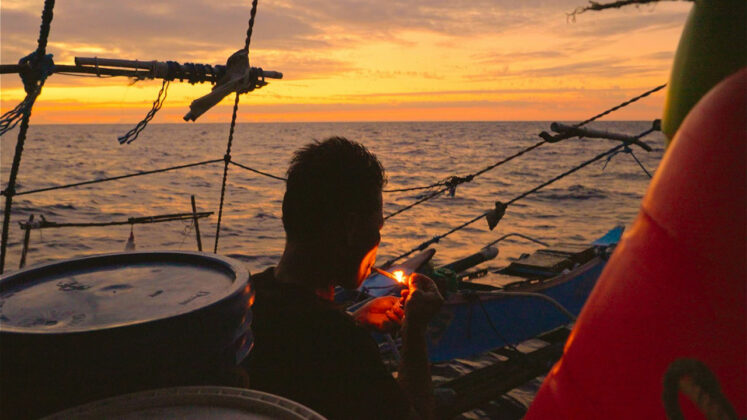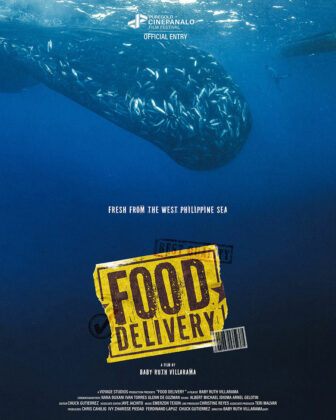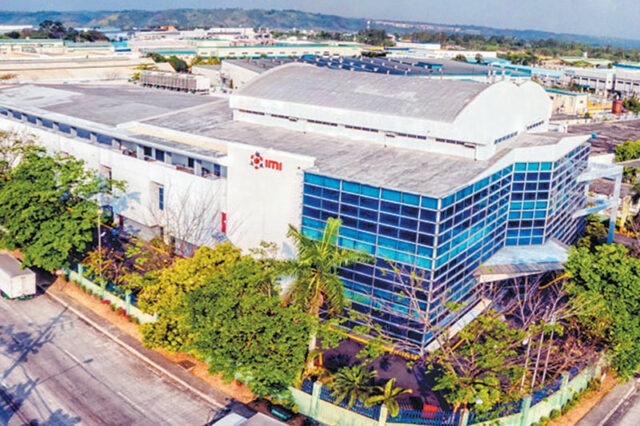During the third round of oral arguments on the petition challenging the transfer of the excess funds of the Philippine Health Insurance Corp. or PhilHealth, Supreme Court Associate Justice Antonio Kho told Department of Health Assistant Secretary Albert Domingo, “Probably, it’s time to overhaul PhilHealth and change the board for not complying with what the law requires. Apparently, in your own words, it’s the fault of the administration, the last administration, or the previous administration, and it’s the fault of the PhilHealth board.”
That is what I have been suggesting in this column starting in August 2020 — that PhilHealth needed an upgrade to administer universal healthcare (UHC). As Ricardo Morales, then PhilHealth president and chief executive officer, said as a way of explaining why the irregularities in the state insurance firm could not be fixed, “Even if you put Superman in my place, he might not be able to cope with the task.”
The World Health Organization (WHO) estimated that developing economies would take 15 years to put in place a strong, efficient, well-run, and sufficiently funded healthcare system. That is why it advised our legislators to target the achievement of UHC by 2030. But legislators running for re-election rushed the crafting of a bill instituting universal healthcare so that they could present UHC in the elections of 2019 as their gift to the Filipino people — never mind if the infrastructure for UHC was not ready and PhilHealth was not capable of managing the program. Senators JV Ejercito, Cynthia Villar, Nancy Binay, and Sonny Angara must have said, Bahala na si Batman (Batman will handle it).
The Universal Health Care Act, RA 11223, automatically enrolled all Filipino citizens in PhilHealth — 110 million Filipinos spread all over the archipelago, from Batanes to Sulu. That is the colossal defect of RA 11223.
In the United Kingdom, all aspects of medical services for all residents are covered by the National Health Service (NHS), which runs hospitals and employs doctors. All medications associated with hospital visits are free of charge. The NHS is funded through taxation.
PhilHealth, a government corporation attached to the Department of Health for policy coordination and guidance, was not configured to run a complex and far-flung operation. First, not one of the members of the board of directors had substantive experience in the insurance business, much less in health insurance, to be able to formulate and promulgate policies for the sound administration of the program.
Dr. Ted Herbosa, Chairman of PhilHealth’s board of directors, has made statements that reflect a total ignorance of the operating system of PhilHealth and its management. He chided the management of PhilHealth for keeping or investing its money instead of spending it for the people’s health needs.
An insurance company is paid the premium up front. It sets aside a portion of the aggregate premiums paid by the people who are insured, as a reserve for future claims of financial loss. The actuary estimates how much of the funds should be kept as a reserve. An insurance company makes the amount in excess of the reserve grow by judicious placement in the money market. That is the job of the insurance company’s fund manager. And PhilHealth has a fund manager, except that the man is fund manager in name only.
Dr. Herbosa has also said that they were struggling to implement universal healthcare partly because indigent patients and ordinary workers were opting for private rooms instead of charity wards where they could enjoy full PhilHealth coverage.
An ordinary worker earning the minimum wage contributes at least P668 a month to PhilHealth or at least P8,000 a year. His employer contributes as much on his behalf. With P16,000 he can buy insurance from a private company that would entitle him to a private room in a private hospital and full coverage of the hospital bill. Dr. Herbosa is wrong to begrudge an ordinary worker asking for private room accommodation.
By their line of questioning, the members of the Court seem to have a better grasp of the operating system of PhilHealth and the necessary upgrade than the members of the board of PhilHealth.
Second, the management team does not have the experts or specialists who are key to the viability of the organization: a formally trained actuary, an accomplished fund manager, and a medical director.
The actuary is responsible for assessing future financial risk in healthcare. He calculates the cost of healthcare based on reported health data like the Department of Health’s morbidity rates and the rate of increase of the cost of medicines and services. He should have at least a master’s degree in Actuarial Science and at least one year’s experience in dealing with the measurement and management of risk in the healthcare field.
The fund manager is responsible for making the funds, the aggregate premiums paid by the people insured, grow by implementing investment strategies. The typical fund manager possesses a minimum of a bachelor’s degree in economics, finance, and business. He may have gone through advanced studies in financial management.
The medical director assists in the development of health insurance policies, analyzes medical data to identify risk factors and trends that could impact underwriting decisions, works with the actuary to develop risk profiles, and provides expert opinions on the cost of complex medical conditions or treatments.
He serves as a liaison between healthcare providers and the insurance company. He formulates the policies in the hiring of claims adjusters and develops their training program. He must be a Doctor of Medicine with experience working in a clinical setting and as an administrator.
PhilHealth’s lack of such specialists or experts was shamefully laid bare to the public during the televised hearing of the Good Government and Public Accountability Committee of the House of Representatives on Dec. 17, 2024.
Rep. Raoul Manuel asked how the Insurance Contract Liability of P1.15 trillion as of June 30, 2024 was computed. The Vice-President for Actuarial Services and Risk Management Sector explained that basically it is the estimate of total claims paid the member during his lifetime plus cost of servicing that member minus the member’s contributions up to the age of 60, the net amount adjusted to its present value. Rep. Stella Quimbo immediately interjected that the formula is for life insurance, not for health insurance. The law requires PhilHealth to keep funds in reserve enough to pay for claims in the next two years.
In reaction to the observation that Justice Kho made during the Supreme Court hearing that PhilHealth does not base its budget on the health needs of Filipinos, Mr. Domingo said, “Mathematically, it’s the premium rate. The way that the premium rate is determined unfortunately is not actuarially fair.”
The comments of Rep. Quimbo and Mr. Domingo cast doubt on PhilHealth having a health insurance actuary.
When Rep. Joel Chua asked the Senior Vice-President for the Fund Management Sector in what account the government subsidy is entered, whether in savings, time deposit, or current, the fund manager did not answer. Instead, he said the subsidy is used to pay claims and the excess is invested. That triggered a flurry of interpellations from several congressmen. It turned out the direct contributions made by the members (the premiums paid) were invested because the fund manager considers the reserve fund excess funds.
For two hours and 40 minutes the fund manager struggled to explain his understanding of excess fund, reserve, direct contributions, subsidy, and investment. At one point he went on a lecture of the structure of a balance sheet, complete with hand gesture, to the obvious resentment of the lawmakers. The visibly exasperated Rep. Quimbo admonished him not to confuse the committee members. She even warned to make him take the oath as he changed his statements several times.
During the second round of oral arguments on the transfer of PhilHealth funds before the Supreme Court, Associate Justice Amy Lazaro-Javier presented the Commission on Audit reports on PhilHealth in 2021 showing PhilHealth had bigger liabilities than assets. She asked: “Has PhilHealth paid all the recorded and recognized claims before it transferred the funds to the Treasury?” In response, the PhilHealth fund manager said they have not paid all claims but transferred the money to Treasury just the same because PhilHealth has stable financial health. “The corporation has the capacity to continue its operations given that the corporation has an investment portfolio enough to cover requirements of the corporation in terms of benefit payments,” said he — to the perplexity of the members of the Court.
Rep. Jude Acidre asked how the benefit packages are determined. The Executive Vice-President and Chief Operating Officer, an attorney, said he asks an expert. He admitted the last time the packages were expanded was in 2012. As a lawyer, he should know that the law says that when PhilHealth has excess funds, PhilHealth should either expand the benefit packages or lower the rate of contribution.
The recent appointment of Dr. Edwin Mercado as president of PhilHealth can be considered as the start of the overhaul that is badly needed. His academic credentials and his 35 years of work experience with a national chain of healthcare facilities well qualify him for three of the key positions in PhilHealth — chief executive officer, fund manager, and medical director. But he should not function as medical director too.
Dr. Mercado should devote all his time to the administration of PhilHealth. Managing an organization with 17 regional offices, five branches, and 101 local offices strategically located nationwide and more than 7,800 employees demands no less.
PhilHealth needs to hire a health insurance actuary, an accomplished fund manager, and a medical director.
Oscar P. Lagman, Jr. was the country manager of a multinational health insurance company. As a solo consultant, he set up the health insurance line of two multinational general insurance firms. In between those two engagements, he, as head of Healthcare Consulting of the largest consulting firm, conducted a management audit of the biggest HMO. He was program director and sole lecturer of the executive development program for 50 officers of PhilHealth in 2007.

